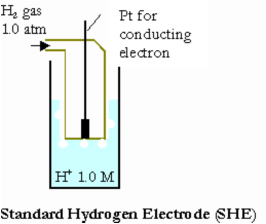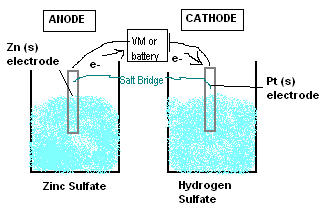...because you can never learn this enough...
- have unshared pair of electrons or PI bonds, usually a partial NEGATIVE charge, seeking nucleii, "Lewis bases" because are "electron pair donors"
- Nucleophilicity:
1. increases as negative change increases
2. increases going DOWN the period table (I more nuc. than F)
More polarizable, better nucleophile (large radius, can distort the surrounding electrons)
DOWN P.T.
3. increases going left in the period table (NH2- more nuc. than OH-)
Less electronegative, better nucleophile (won't want to pull electrons to itself)
DIAGONAL ACROSS P.T.
- stronger the base, stronger the nuc.
- in protic solvents: larger atoms better nucs
- can shed off solvent molecules better
- in aprotic solvents: more basic atoms better nucs
- naked nucs, more readily donate electrons (F>Cl>Br>I)
B. Electrophiles
- electron deficient, have a full or partial POSITIVE charge, want the nucleophile's electrons
- reaction forms NEW covalent bond
- "Lewis acids" because are "electron pair acceptors"
C. Leaving Groups
- want LG's to be WEAK BASES: (I>Br>Cl>F)
In order for a LG group to leave, it must be able to accept electrons. A strong bases wants to donate electrons; therefore, the LG must be a weak base.
1. more electronegative (accept electrons), better the LG

2. large atomic radius, weaker the base, better the LG

3. Resonance-stabilized structures are WEAK bases, good LGs

D. SN2: simultaneous Nuc addition, LG leaving
- 1 step
- stable in aprotic solvents
ex: DMF/DMSO, hydrogens won't solvate the nucleophile...
- 1°>2°>3°
Reactivity of electrophile (substrate) = less steric hindrance
USUALLY NOT CLUTTERED
- rate = k[Nucleophile][electrophile]
BIMOLECULAR ("2"): a function of 2 variables**
- optically active/inverted product
E. SN1 Reactions: 1) form carbocation, 2) nuc addition
- 2 steps
- stabilized by protic solvents
Hydrogens stabilize the carbocation
- 3°>2°>1°>methyl
Reactivity of electrophile (substrate) = due to stabilization of the carbocation
USUALLY BULKY
- rate = k[electrophile] FIRST ORDER! (b/c of rate-limiting first step)
UNIMOLECULAR ("1"): a function of 1 variable**
- racemic products
- equal amounts of S and R enantiomers of chiral product
- favored with bulky nucleophiles
*solvolysis reaction: solvent behaves as the nucleophile, produces an ALCOHOL product if WATER is used as a solvent.
Use this to identify SN1 rxns quickly!